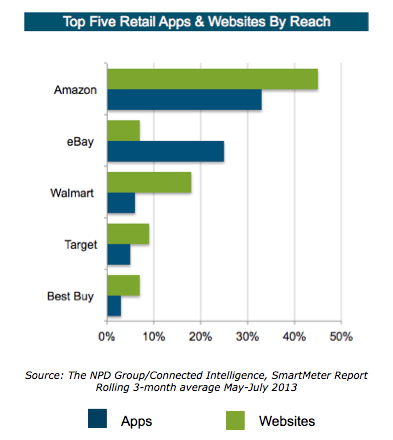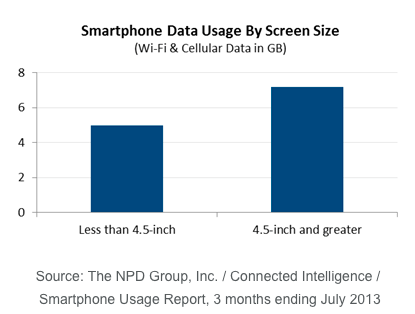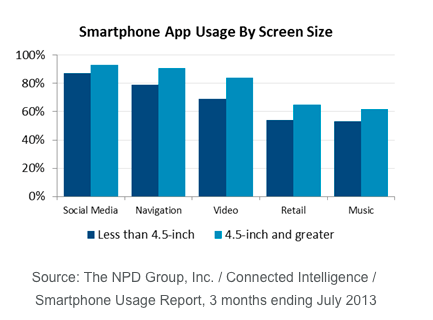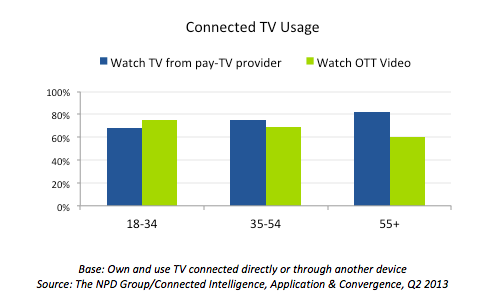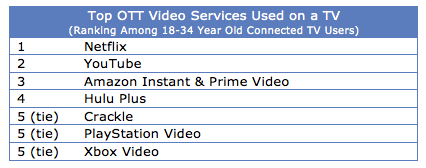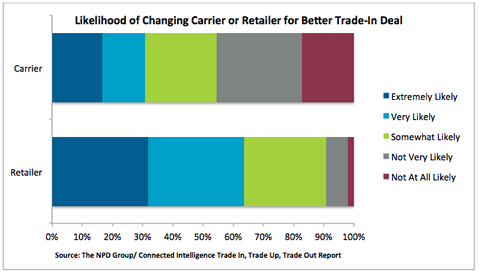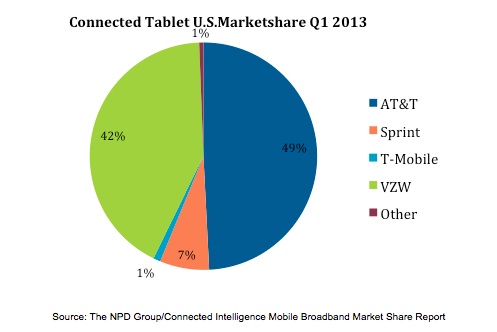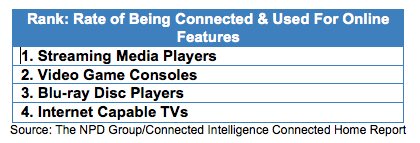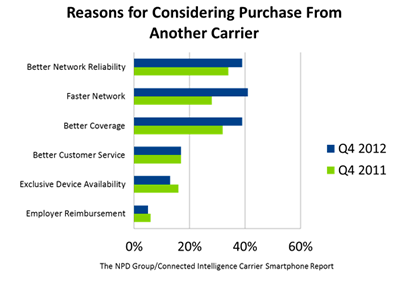PORT WASHINGTON, NEW YORK – DECEMBER 3, 2013 – After just a few months on the market, Google Chromecast is gaining traction. According to the new Chromecast Report from NPD Connected Intelligence, within the first four months of its launch, 33 percent of consumers said they were aware of the device. This is a high awareness level for a new consumer technology product that has only been on the market for a short time. Google is the latest manufacturer to enter this category which is dominated by Apple and Roku who combined represent a 78 percent share of all streaming media players installed in consumers’ homes.
Google itself has been the primary source of this awareness, with 41 percent of consumers who are aware of Chromecast saying they learned about it on Google’s website. Online ads and word of mouth also contributed to the heightened awareness. Retail, however, has not yet become a strong influencer, with only 11 percent of consumers saying they became aware of the product and service either in-store or on a retailer’s website.

Among those consumers who are aware of Chromecast, 48 percent said they are extremely, very, or somewhat likely to use it. Chromecast’s low price and promise of simplicity are driving more interest than the core value proposition of delivering apps to the TV. Affordability is the number one reason cited for interest in using Chromecast by nearly half of consumers, followed closely by being easy to set up/use (42%) and delivering apps onto TV (32%).
“Chromecast’s affordability and ease of use are certainly good selling points, especially for impulse purchases. Filling retail discovery gaps and continuing this early marketing blitz will ensure Chromecast stays front and center in consumers’ minds,” said John Buffone, director, devices, Connected Intelligence. “Promoting new app releases, such as HBOGO, Pandora, and Hulu Plus will also help sustain the buzz and generate usage.”
Methodology
Data from the Chromecast Report is sourced from an online survey of 1,079 U.S. consumers age 18 that was conducted in early November 2013.
About Connected Intelligence
Connected Intelligence provides competitive intelligence and insight on the rapidly evolving consumer’s connected environment. The service focuses on the three core components of the connected market: the device, the broadband access that provides the connectivity and the content that drives consumer behavior. These three pillars of the connected ecosystem are analyzed through a comprehensive review of what is available, adopted, and consumed by the customer, as well as reviewing how the market will evolve over time and what the various vendors can do to best position themselves in this evolving market. For more information: http://www.connected-intelligence.com. Follow Connected Intelligence on Twitter: @npdci.
About The NPD Group, Inc.
The NPD Group provides global information and advisory services to drive better business decisions. By combining unique data assets with unmatched industry expertise, we help our clients track their markets, understand consumers, and drive profitable growth. Sectors covered include automotive, beauty, consumer electronics, entertainment, fashion, food / foodservice, home, luxury, mobile, office supplies, sports, technology, toys, and video games. For more information, visit www.npd.com and npdgroupblog.com. Follow us on Twitter: @npdtech and @npdgroup.
CONTACT:
Sarah Bogaty
+1 516 625 2357
sarah.bogaty@npd.com



